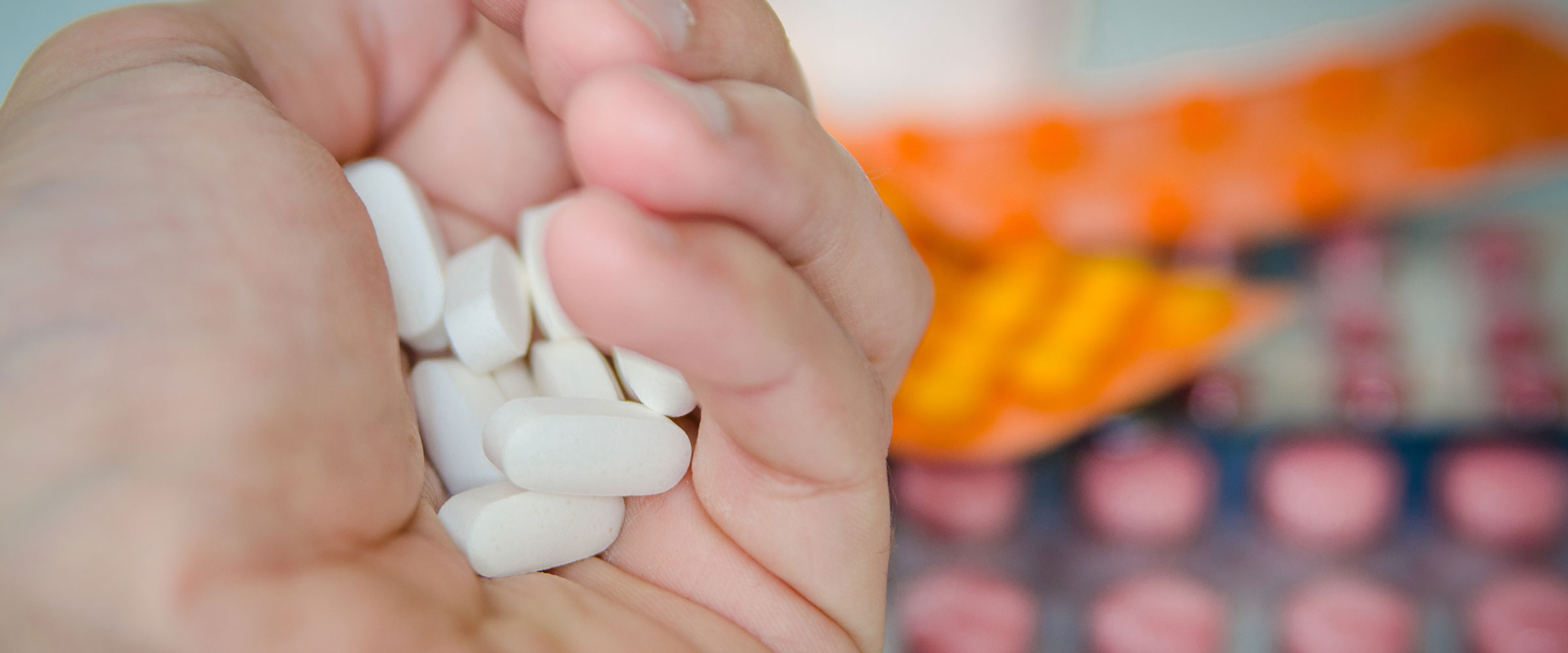Little Change in Prescribing After Opioid Overdose
September 27th, 2017

Pennsylvania Medicaid recipients who suffer a nonfatal opioid or heroin overdose continue to be prescribed opioids at high rates, with little change in their use of medication-assisted treatment programs after the overdose, according to a University of Pittsburgh Graduate School of Public Health analysis published in the Journal of the American Medical Association. Researchers looked at insurance claims data from 2008 to 2013 for the 6,013 Pennsylvania Medicaid patients who had a medical record of a heroin or prescription opioid overdose and were treated in a hospital or emergency room setting. Despite the expectation that there would be a decrease in opioid prescriptions or an increase in prescriptions for medications that can reduce opioid cravings like buprenorphine, methadone, or naltrexone, this was not the case. Researchers found that the filling of opioid prescriptions fell by only 3.5 percent for people who overdosed on heroin and by 6.5 percent for people who overdosed on prescription medications. Likewise, medication-assisted treatment increased by only 3.6 percent for those who overdosed on heroin, and 1.6 percent for those who overdosed on prescription medications. “When patients are seen for an overdose, it is a chance for the medical system to not only stabilize them, but engage patients in addiction treatment programs when needed and take steps to reduce the likelihood of another overdose,” said senior author Julie M. Donohue, PhD. “Based on our data, I do not believe this opportunity is being fully realized.”
Are you interested in participating in Substance Use research studies? Visit Pitt+Me to learn more.